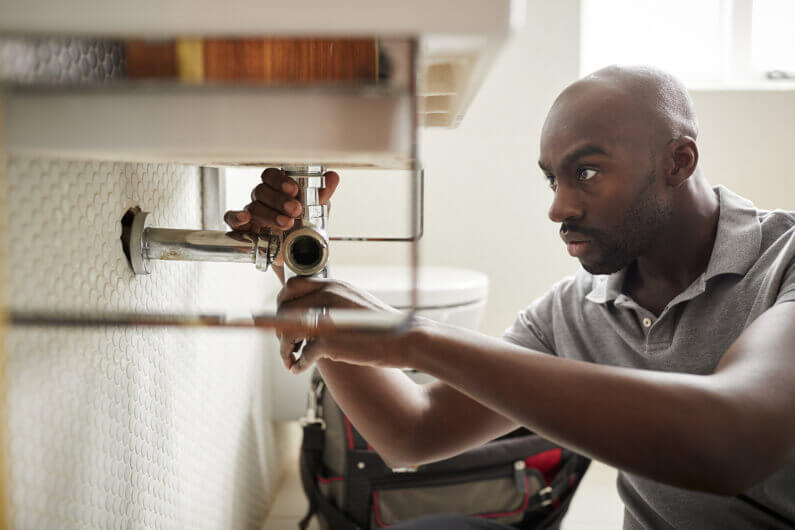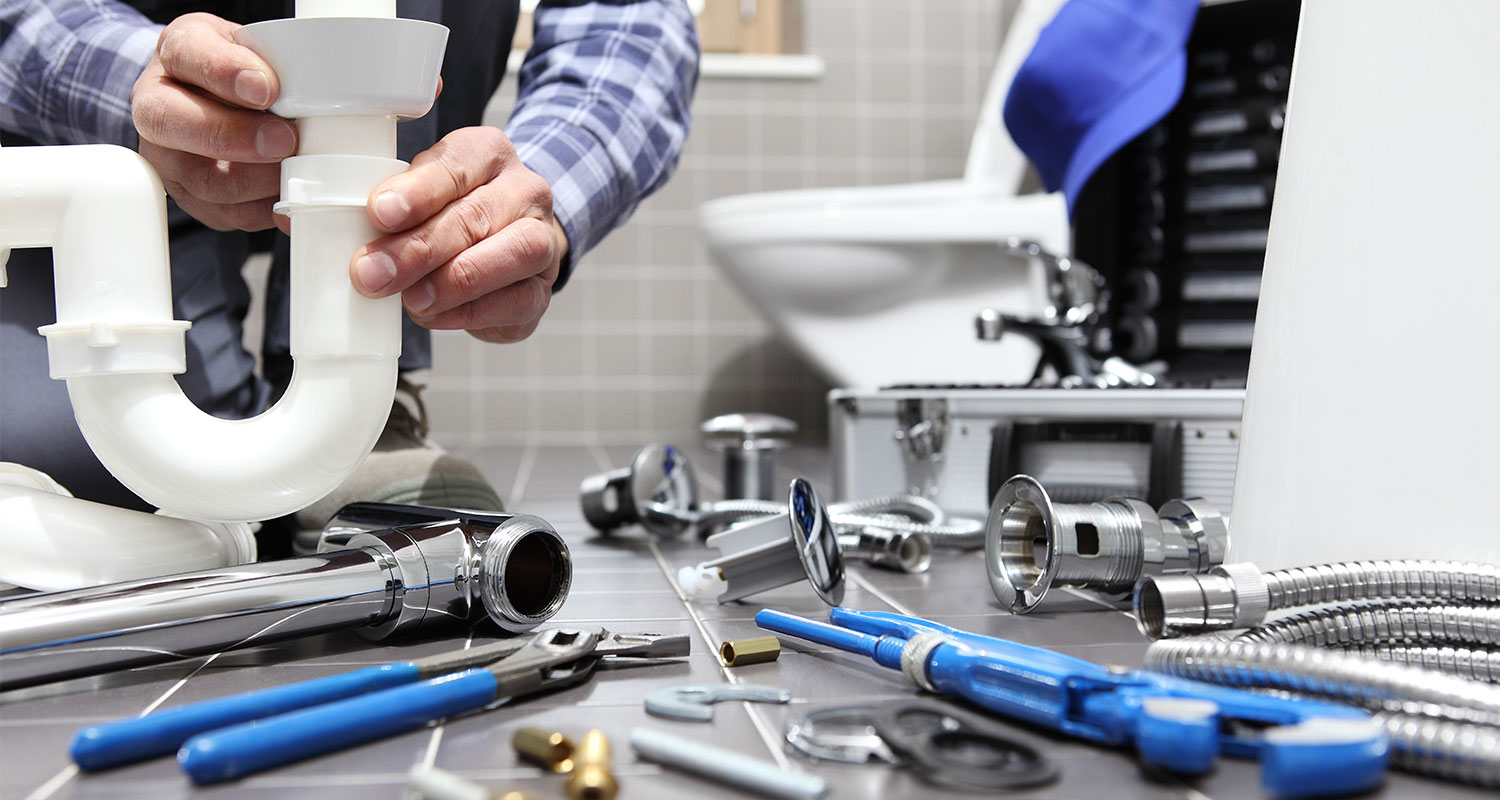Essential Plumbing Alabaster AL Tips for Homeowners
Essential Plumbing Alabaster AL Tips for Homeowners
Blog Article
A Detailed Guide to Efficient Water Heating System Setup for Optimal Performance
Getting started on the task of installing a water heating unit is an endeavor that requires precision and an organized technique for achieving optimal performance. As you continue, the details of connecting water supply lines and setting up trusted electrical or gas links await, appealing insights right into making certain effectiveness and reliability.
Selecting the Right Hot Water Heater

Next, think about the size and capacity of the water heater. It's vital to assess your household's warm water demands, which can differ based upon the number of occupants and their use patterns. A system that's as well tiny may bring about inadequate warm water, while an oversized design could result in unnecessary power consumption.
Performance scores also play a critical duty in selection. Try to find water heating units with high Energy Element (EF) rankings, indicating superior efficiency and decreased energy use. Tankless versions, though normally more expensive in advance, deal significant power savings gradually because of their on-demand home heating capabilities.
Preparing the Installation Area
Prior to installing a new water heating unit, thorough preparation of the installment location is vital. It's important to determine the area meticulously to fit the water heating unit's measurements, making sure adequate clearance around the system for efficient operation and servicing.
Check the flooring for stability, as the water heating system will certainly need a solid, degree surface area to run efficiently. If necessary, install a drip frying pan beneath the device to capture prospective leaks or spills, protecting against water damages to the surrounding area.
Furthermore, ensure that all required tools and materials get on hand prior to commencing the installation. This consists of items such as wrenches, screwdrivers, a level, and any additional equipment needed for protecting the heating system and mounting. A well-prepared installation location establishes the structure for a successful hot water heater configuration, optimizing performance and security.
Connecting Water System Lines
When linking water lines to your newly mounted hot water heater, it is essential to guarantee that all links are leak-free and secure to maintain reliable operation and prevent water damages. Begin by recognizing the hot and cold water lines. The cool water inlet is usually noted with a blue tag or a "C", while the warm water outlet is marked with a red tag or an "H".
Usage versatile water heating system ports to help with a simpler installment procedure. These adapters can soak up vibration and allow for slight activity, minimizing the danger of leaks. Before affixing the ports, place a plumber's tape around the threaded ends of why not try this out the water heating system's inlet and electrical outlet pipes - Plumber Alabaster AL. This tape serves as a sealant, preventing leaks. Meticulously link the adaptable hose pipes to the particular inlet and electrical outlet, making certain that they are tight however not over-tightened, which might damage the strings.
As soon as links are in place, slowly turn on the main supply of water shutoff. Evaluate each link for leakages by visually inspecting and feeling for wetness. Tighten up links as required, and guarantee the pressure alleviation valve is properly installed, protecting against extreme stress build-up.
Establishing Up Electrical or Gas Connections
Effectively establishing the electric or gas links for your hot water heater is an important step to make sure effective and safe procedure. For electric hot water heater, start by verifying that the electric circuit is compatible with the heating unit's voltage and amperage needs. Make certain the power supply is transformed off at the breaker to protect against mishaps. Link the electrical cords to the heater following the maker's electrical wiring diagram. Normally, this involves linking the ground cable to the environment-friendly terminal, and the staying cords to their corresponding terminals, protecting each with wire nuts.
For gas water heating units, safety and security is vital. Attach the gas line to the water heating unit using a versatile gas adapter, guaranteeing it is properly threaded and secured with pipeline joint substance or Teflon tape suitable for gas connections.
As soon as connections are made, evaluate for any possible leakages. For gas lines, use a soapy water service to the joints; bubbles suggest a leakage. For electrical links, double-check that all electrical wiring is safe and secure and properly protected, preserving conformity with local electrical discover here codes.
Changing and examining for Effectiveness
With the electrical and gas connections safely in area, the following action is assessing the operational effectiveness of your water heating unit. Begin by meticulously activating the water supply and guaranteeing there are no leaks at any of the valves or joints. Once confirmed, continue to fill up the tank, focusing on the pressure and temperature setups. It is suggested to establish the thermostat to an advised temperature level of around 120 ° F(49 ° C) to balance energy efficiency and convenience.
Next, carry out an extensive evaluation to guarantee the burner or burner are functioning appropriately. For electrical heaters, make use of a multimeter to confirm if the elements are attracting the proper current. In gas versions, observe the burner flame; it needs to be blue and consistent, showing effective combustion.
Change the settings as essential to get rid of inadequacies. Think about implementing insulation procedures, such as adding a hot water heater blanket, to better improve efficiency by lessening warmth loss. Furthermore, examine the anode rod's problem, as a worn-out rod can minimize efficiency and cause tank rust.
Conclusion
Effective water heating system setup is crucial for making sure optimum performance and power savings. By choosing the ideal type and size, and carefully preparing the installation location, a foundation for success is developed. Securely linking water lines and carefully establishing electric or gas links minimize prospective concerns. Comprehensive testing for leakages and specific thermostat adjustments to 120 ° F boost reliability and efficiency. Abiding by these steps advertises lasting capability and power conservation in domestic water heating unit.

Appropriately establishing up the electric or gas links for your water heater is an important step to ensure reliable and risk-free operation. For electrical water heating units, begin by confirming that the electrical circuit is suitable with the heater's voltage and amperage requirements. Connect the gas line to the water heater using a flexible gas adapter, ensuring it is correctly threaded go to this site and sealed with pipe joint substance or Teflon tape suitable for gas connections.
Report this page